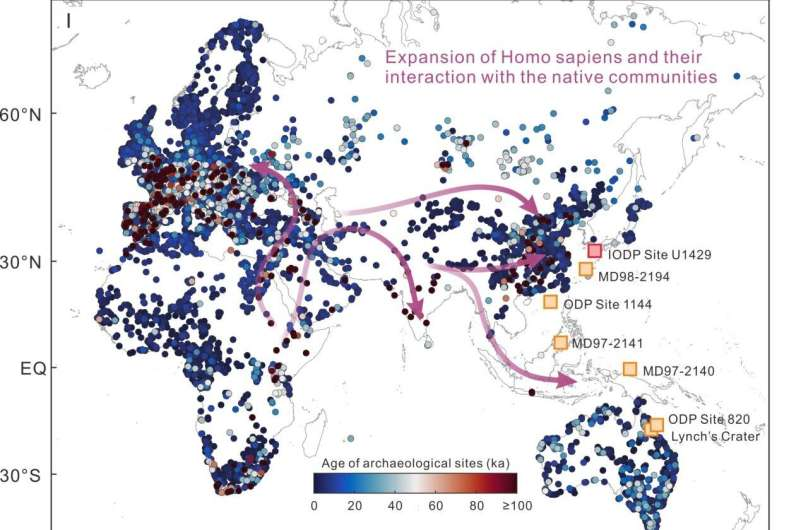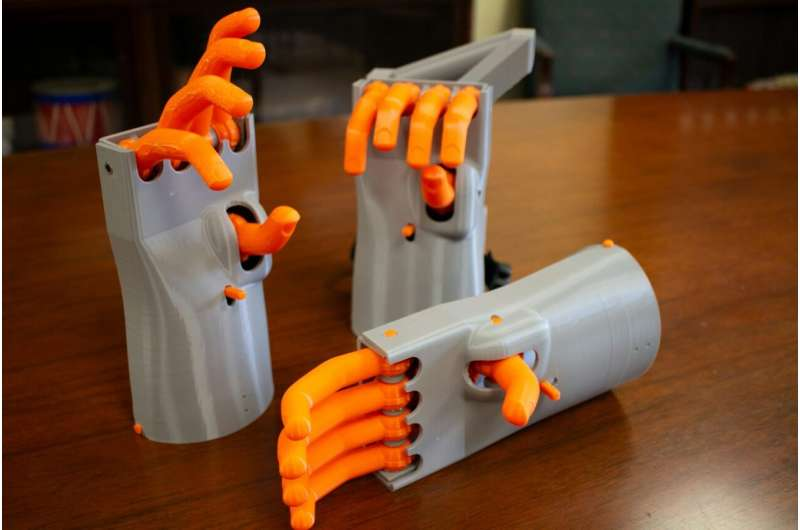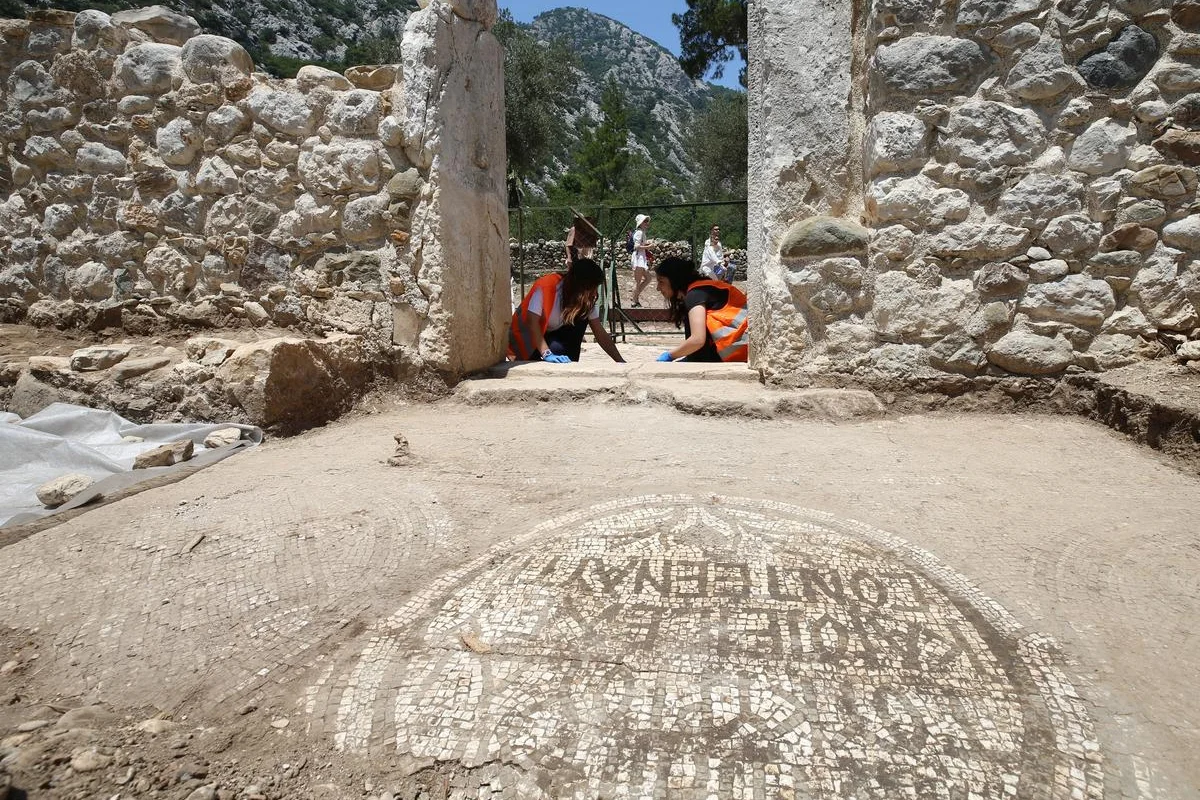The Iron Age marked a revolutionary period in human history, fundamentally altering societies, economies, and military strategies. Spanning roughly from 1200 BCE to 500 CE, the widespread adoption of iron technology transformed warfare, agriculture, and everyday life across multiple civilizations.
Technological Advancements
Iron technology surpassed its predecessor, bronze, in several key ways. Iron ore was more abundant and accessible than the copper and tin required to produce bronze, making it a more sustainable resource. The process of smelting and forging iron enabled the creation of stronger and more durable tools and weapons. Advancements such as carburization, which involved adding carbon to iron to produce early forms of steel, further enhanced its strength and effectiveness.
Influence on Warfare
The Iron Age revolutionized warfare by providing armies with superior weaponry. Iron swords, spears, and arrowheads were not only more durable but also easier to mass-produce, allowing states to equip larger forces. This democratization of weaponry diminished the dominance of elite warrior classes and contributed to the rise of larger, more organized armies. Additionally, iron-based armor and reinforced chariots improved battlefield tactics, leading to more sophisticated forms of combat.
Agricultural Transformation
The introduction of iron tools significantly boosted agricultural productivity. Iron plows replaced wooden and bronze versions, enabling farmers to cultivate tougher soils with greater efficiency. This advancement led to increased food production, supporting population growth and urban expansion. The development of iron sickles and hoes also streamlined harvesting and land management, fostering economic stability in agrarian societies.
Societal Impact
Iron technology played a crucial role in shaping social and economic structures. As iron tools became widespread, craftsmanship and trade flourished, giving rise to specialized industries. The accessibility of iron reduced reliance on elite-controlled bronze resources, redistributing power within societies. Many cultures, from the Hittites and Assyrians to the Celts and Chinese, harnessed iron technology to expand their influence and build thriving civilizations.
Conclusion
The Iron Age was a defining era that reshaped human civilization. From enhancing military might to revolutionizing agriculture and social structures, the spread of iron technology paved the way for modern advancements. Its legacy remains evident in the enduring impact of metallurgy on human development, proving that iron was truly the metal that transformed the ancient world.







